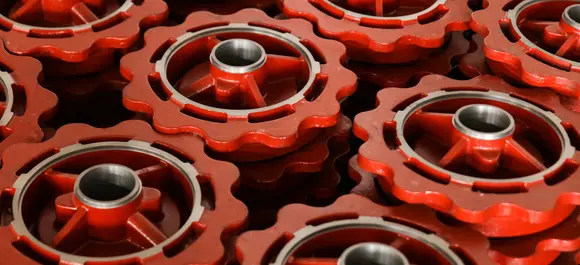Mobile:+86-311-808-126-83
Email:info@ydcastings.com
English
die casting porosity
Understanding Die Casting Porosity
Die casting is a widely used manufacturing process where molten metal is forced into a mold cavity to produce complex shapes with high precision. While this technique offers numerous advantages, such as reduced fabrication time and improved mechanical properties, one significant challenge it faces is porosity—a common defect in cast components. Understanding die casting porosity, its causes, and mitigation strategies is essential for manufacturers seeking to enhance product quality.
Understanding Die Casting Porosity
Several factors contribute to the formation of porosity in die casting. One of the primary causes is the rapid cooling and solidification of molten metal, which can lead to trapped gases that do not escape before the metal hardens. The choice of materials also plays a critical role; for instance, certain alloys are more prone to gas entrapment due to their higher solubility for gases. Additionally, improper mold design, inadequate venting, and poor gating systems can exacerbate the occurrence of porosity.
die casting porosity

To mitigate porosity, manufacturers can implement several strategies. First, optimizing the die casting process parameters, such as injection speed, temperature, and pressure, can reduce the likelihood of gas entrapment. Ensuring proper mold venting is crucial as it allows gases to escape effectively during the injection of molten metal. Furthermore, using materials with lower gas solubility and selecting appropriate alloys can help minimize porosity risk.
Another effective approach is employing advanced techniques such as vacuum die casting. This method involves creating a vacuum in the mold cavity before and during the injection of molten metal, significantly reducing the presence of trapped air and gas. Additionally, adopting simulation software during the design phase can help predict potential porosity problems and optimize the die design accordingly.
In conclusion, while die casting is a powerful manufacturing process, addressing porosity is essential for ensuring the quality and reliability of cast components. By understanding the root causes and implementing effective strategies, manufacturers can significantly reduce the incidence of porosity, leading to better performance and longer-lasting products. As the industry continues to evolve, ongoing research and technological advancements will play a crucial role in overcoming this challenge and enhancing die casting processes.
-
Materials Used in Manufacturing Cap End Pipe FittingsNewsNov.24,2025
-
Material Properties of CF8M CastingNewsNov.24,2025
-
How to Inspect Pump Cap Ends for DamageNewsNov.21,2025
-
Backward Curved Impeller – Efficient Airflow Solutions for Industry | YD CastingsNewsNov.21,2025
-
Automobile Water Pump - Efficient, Quiet, Durable & ElectricNewsNov.21,2025
-
Impeller for Pumps – High-Efficiency, Durable, OEM-ReadyNewsNov.21,2025











